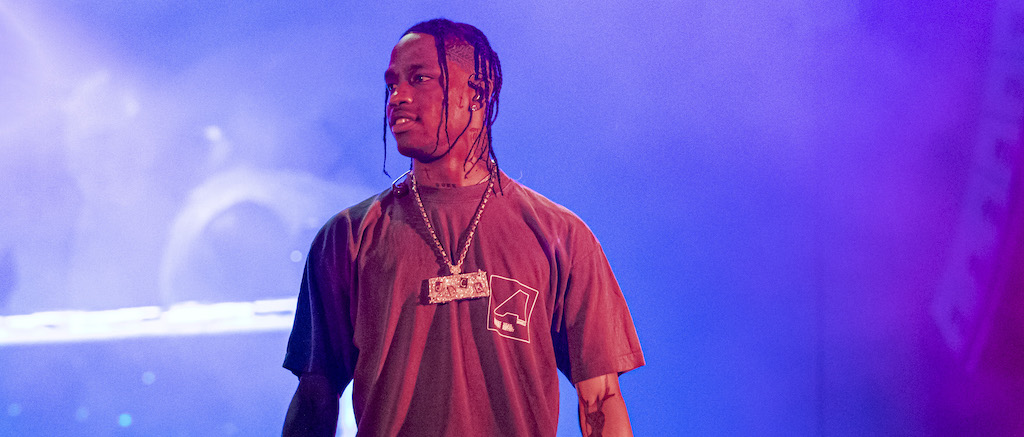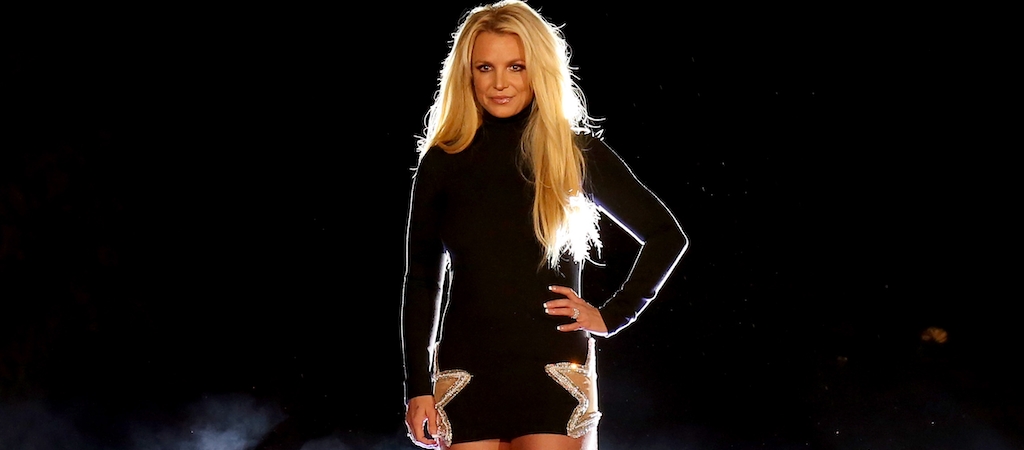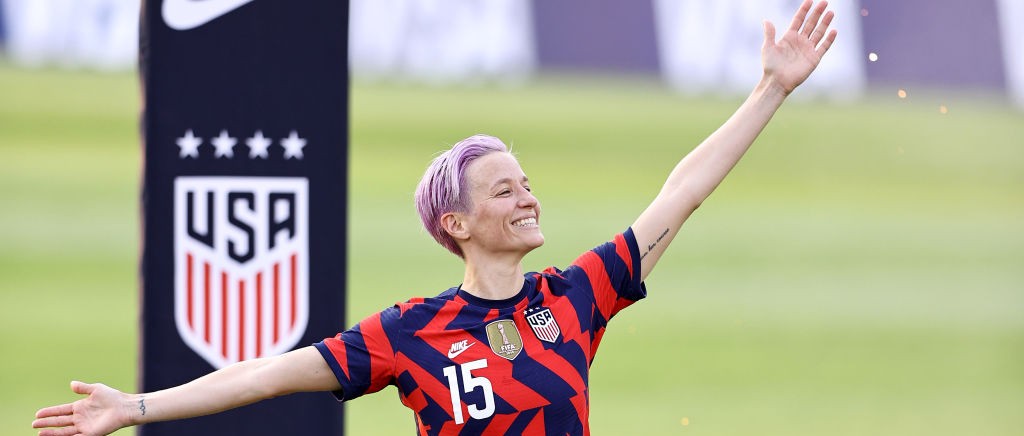Picture this: you’re floating in a calm bay, listening to the waves tumble along the seashore. The sun beats down on your face as birds chirp in the background. Life is good. Is it real, though? Or are you just on a whole sh*tton of edibles?
Summertime, with its tendency to get people out into and enjoying nature, is the perfect time to pop an edible and sink into a long-lasting, ethereal body high. The sun gets a bit brighter, breezes feel a bit sweeter, the water more refreshing, and sounds much clearer. Gummies, in particular, are ideal for the season: typically made with fruit flavors, they’re a perfect complement to higher temperatures and, being pocket-sized, ideal for stashing as you partake in various outdoor adventures.
I’m not the only one who thinks this – consumers agree. According to data company Headset, which tracks trends in the cannabis industry, cannabis gummies have had significant year-over-year growth from last summer to this summer, with a 21% rise in unit sales from last year. Gummies also made up 77% of edible sales during this same time period, with gummies and chews being the only categories with a positive growth rate over the last year. But not all gummies are created equal. Some are made with low-quality THC distillate, others aren’t dosed well. Some have too-fake fruit flavors while others are simply too sweet.
That’s where we come in. We’ve tried way too many gummies and picked our favorites. Here are the eight best cannabis gummies for summer fun.
Wonderbrett
Price: $25 for 10 gummies
Brand new to the market are gummies from Wonderbrett, the iconic Los Angeles weed brand with deep roots in the legacy market. Wonderbrett is known for many things in the weed world — especially special, hard-to-find genetics — but a good way to remember them is, in the pre-legal days, they were the main purveyors of the original OG Kush strain, as well as one of the favored growers of many famous rappers (Dr. Dre’s 2001 was recorded while smoking Brett’s OG Kush in the studio).
Today, Wonderbrett’s line features vegan, strain-specific live rosin-infused fruit chews with real fruit juice and 10-mg THC a pop.
Bottom line:
For a brand whose tagline is “flavors on flavors on flavors,” these gummies deliver on that front. My favorite, so far, is the papaya, which is not a flavor easily found in the edibles landscape.
Kanha
Price: $18
Brand new for summer are Kanha’s limited-edition pink guava “Exotic Series” gummies, which, with their tropical, fruity flavor notes, feel especially perfect for summer activities by the water. Even more ideal are Kanha’s nano gummies, which have fast-absorbing technology to allow it to hit faster — 15 minutes, the company claims — which is particularly important when on the go or mingling at a party.
Bottom line:
For a sunset stroll, try the pink guava gummies at 10-mg THC a pop. For something more active and social, pop one of the nano gummies, which are 5-mg each and do seem to hit faster than your average edible.
AbsoluteXtracts
Price: $13
Known primarily for their extracts — which can be found in dab, capsule, or cartridge form — AbsouteXtracts also makes gummies, which are strain-specific, vegan, gluten-free, and 5-mg THC apiece. There are four different flavors matched with different strains.
Bottom line:
Maui Wowie, which has a tropical flavor, and Tangie, which has a citrus taste, are both uplifting strains and terpene-built flavors guaranteed to power someone through a day of sun-soaked activities.
Clsics
Price: $20
Live rosin brand Clsics recently debuted their line of live rosin-infused gummies, which are softer and more gel-like than other brands, which I personally really enjoy. They are 10-mg THC apiece and come in different strain-specific flavors, Zkittlez, Watermelon, and Blackberry Fire.
Bottom line:
These gummies are fantastic, easily one of my very favorites of the bunch. Live rosin includes the full spectrum of the plant much more so than most gummies, which tend to use THC distillate oil. Live rosin is solventless and provides a more dynamic body and head high than just distillate, which, for me, is ideal for spending a day out in nature and activating all the senses.
Incredibles:
Price:$30
Incredibles’ 10-mg summer gummies include two flavors of THC distillate gummies — Watermelon Smash and Summer Peach. Rather than infusing their gummies, they are instead mixed and cooked in a homogenous mixture, which ensures dosing consistency (different gummies companies do this in different ways).
Bottom line:
This one comes down to taste. Which flavor speaks more to you? For me, it’s always stone fruit, which I think are underrated in the face of other summer fruits.
Kaneh Co.
Price: $15
One of the oldest legal gummy companies in the game, Kaneh Co., makes bite-sized jellies in a variety of delicious flavors, with 10-mg THC each. Guava tamarind and mango chile are, in my opinion, the two best summer flavors. For those who want just one, and not a whole 10-pack, they also sell them as solos.
Bottom line: Kaneh’s gummies are not only delicious, but they taste good, too. For now, the brand only has distillate jellies but will be releasing a line of live rosin gummies later this year.
Papa & Barkley
Price: $21
Notable for being sugar-free in an edibles landscape that is loaded with sugar, Papa & Barkley’s gummies are a cut above and a good choice for those seeking a less-sweet, lower-calorie option. They are gluten-free, keto, and vegan, and are produced with solventless, hash-infused coconut oil under the brand’s Releaf line, which is known for its high-quality, medical-quality products. All that being said, these gummies are anything but clinical.
Bottom line:
These edibles come in four flavors: tart apple, juicy orange, wild strawberry, and berry blast. I am not able to choose which I like better — they’re all great and seasonally appropriate. Consistent dosing and zero calories make this an ideal choice for frequent summer imbibing.
Kiva
Price: $21
Kiva is a popular brand around the gummy-popping set, in general, but in particular, their 10-mg, strain-specific Lost Farm live resin-infused gummies are truly best of class and one of the best-tasting options money can buy. Expect a dynamic body high and a pleasant head change to accompany it.
Bottom line:
The watermelon flavor, which is perfect for summer, boasts the ever-popular Gelato strain. Other favorites include raspberry, passion fruit, and strawberry lemonade.

https://t.co/tCyLqz9GpN pic.twitter.com/eq9H5tWYJP





 (@OliviaMesser)
(@OliviaMesser)  (@andylevy)
(@andylevy) 



